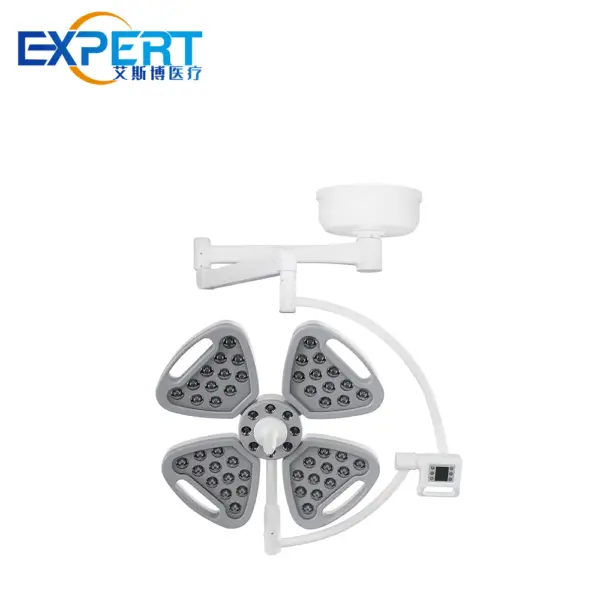Адрес
304 North Cardinal St.
Дорчестер-центр, Массачусетс 02124
Часы работы
С понедельника по пятницу: с 7:00 до 19:00.
Выходные: 10.00 - 17.00

В современной хирургической практике технологические достижения играют решающую роль в повышении точности и безопасности. Среди этих инноваций операционные светильники значительно эволюционировали, от базовых осветительных приборов до сложных систем, которые оптимизируют результаты хирургических операций, обеспечивая точное и регулируемое освещение.
Operating room lights have a rich history dating back to the 19th century when early surgeons relied on gas-powered lamps and later, electric lights. These early lights were rudimentary, offering limited adjustability and often casting shadows that hindered visibility. However, with the advent of LED (Light Emitting Diode) technology and advanced optical designs, operating room lights have undergone a revolution. Modern lights are now capable of delivering consistent, glare-free illumination with adjustable intensity and color temperature, catering to the specific needs of different surgical procedures.
Today’s operating room lights boast several key features that enhance their functionality and effectiveness:
The integration of advanced lighting systems has brought about numerous benefits in surgical settings:









Research and clinical trials have consistently shown the positive impact of modern operating room lights on surgical outcomes:
| Название исследования | Findings |
|---|---|
| Comparative Analysis of Operating Room Lights | Enhanced precision, reduced complication rates compared to traditional lighting systems. |
| Longitudinal Study on Surgical Lighting Systems | Improved surgical team satisfaction and patient safety outcomes. |
| Clinical Trials Evaluating LED Lighting Systems | Faster recovery times and lower infection rates observed in patient cohorts. |
These studies underscore the critical role of lighting in modern surgical practices, emphasizing how advanced technologies contribute to better patient care and surgical outcomes.
One of the notable advancements in modern operating room lights is the integration of advanced control systems:
These control advancements not only improve usability but also contribute to the overall ergonomic design of modern operating room lights, enhancing user experience and procedural efficiency.

Looking ahead, the future of operating room lights holds promising advancements:
These innovations promise to further elevate surgical precision and patient outcomes, continuing the evolution of operating room lights as indispensable tools in modern healthcare.
In conclusion, modern огни операционной represent a crucial advancement in surgical technology, significantly enhancing precision, safety, and efficiency in surgical environments. As technology continues to evolve, these lights will play an increasingly integral role in shaping the future of surgical practices, ensuring better outcomes for patients worldwide.
Q: How do modern огни операционной differ from traditional ones?
A: Unlike traditional lights, modern OR lights offer superior adjustability in intensity and color temperature, along with features like shadow reduction and compatibility with surgical imaging systems.
Q: Are these lights safe for patients and surgical staff?
A: Yes, modern operating room lights undergo rigorous testing to ensure they meet safety standards for both patients and surgical teams. They are designed to withstand sterilization procedures and maintain optimal performance.
Q: Do these огни contribute to energy efficiency in hospitals?
A: Absolutely. LED-based operating room lights are highly energy-efficient compared to older technologies, contributing to cost savings and reducing the environmental footprint of hospitals.
